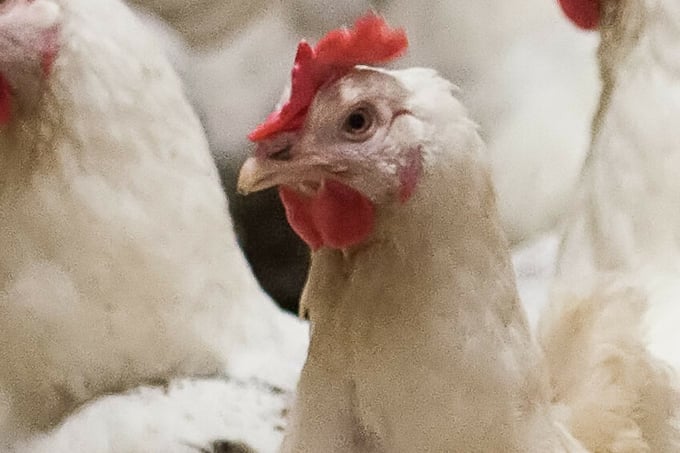November 27, 2025 | 17:25 GMT +7
November 27, 2025 | 17:25 GMT +7
Hotline: 0913.378.918
November 27, 2025 | 17:25 GMT +7
Hotline: 0913.378.918

The insight gathered from a survey will highlight the benefits and challenges of managing whiter laying breeds. Photo: Ronald Hissink.
The survey aims to explore the perceptions and experiences of pullet rearers and egg producers in rearing and managing white laying flocks.
Recent reports from poultry veterinary specialists Crowshall Veterinary Services suggest that commercial white egg laying birds are efficient, docile and capable of laying up to 500 eggs in 100 weeks. They have demonstrated very good production persistency and shell quality in extended production cycles and the ability to thrive in alternative housing systems.
Easily managed breed for today’s animal welfare standards
Vets Philip Hammond and Katerina Theakou said: “Their temperament and docile behaviour make them an easily managed breed for today’s animal welfare standards. By way of an example on strain of white egg laying bird participated in the 16th random sample test of layer hybrids cage-free housing systems in Germany and showed the best ranking on all 4 welfare parameters with better feather coverage, lower prevalence of toe conditions and lesions and less keel bone damage, while also having the lowest cumulative mortality levels.”
They continued: “Their liveability is approximately 94% at 80 weeks and 93% at 100 weeks. Producers who have experience with other breeds or keep various breeds on their farms have reported that white egg laying hens appear to show better disease resistance and are described as a more robust bird.”
The vets added that when it comes to grading of white eggs, they cannot go pale in the event of “sunshine syndrome” seen in brown laying hens, while they are also less susceptible to shell quality and appearance changes due to diseases such as worm infection, MS, ORT, IBV and TRT.
Enhance our understanding of management
The insight gathered will highlight the benefits and challenges of managing these flocks and contribute to a broader review of whiter laying breeds. The study seeks to enhance understanding of their management within the UK to improve bird welfare and management of the growing sector.
The Laying Hen Welfare Forum said the results will contribute to a larger systematic review of scientific literature and a summary of the findings would be shared with participants, who would remain anonymous.
It added that participation would contribute to:
· Advancing wider industry knowledge
· Understanding of the management of white layers
· Improvements for their own business and others
The Layng Hen Welfare Forum brings together expertise from industry, farmers, vets, animal welfare organisations and government to explore how the industry can improve flock management and reduce injurious pecking among laying hens.
(PW)

(VAN) According to Mr. Vo Minh Thanh, Director of the Tay Ninh Department of Agriculture and Environment, Resolution 57 has created a new development pathway for the locality, shifting from traditional toward modern agriculture.
/2025/11/26/4909-2-154329_878.jpg)
(VAN) Pearl grouper farming in HDPE cages not only delivers economic efficiency but also contributes to protecting the environment, creating jobs, and promoting marine-based experiential tourism.

(VAN) The model of making a living under the forest canopy through the agroforestry system in Van Son commune, Bac Ninh province, is expected to generate an annual income of approximately VND 30 million/ha.

(VAN) Many enterprises in Can Tho are harnessing natural energy and reducing greenhouse gas emissions in their production processes, thereby contributing to the promotion of a sustainable green transition.
/2025/11/24/3536-2-112800_176.jpg)
(VAN) Dong Nai now has tens of thousands of hectares of forests certified for sustainable management, and this area will continue to be expanded in the coming period.

(VAN) Vinh Ha hamlet (Dai Xuyen commune, Hanoi) is shifting away from small-scale farming as households adopt bioscurity into their breeder chicken models.

(VAN) Heavy rains make aquatic species more vulnerable to disease. Proactive water management and high-tech systems help farmers prevent outbreaks and protect yields.